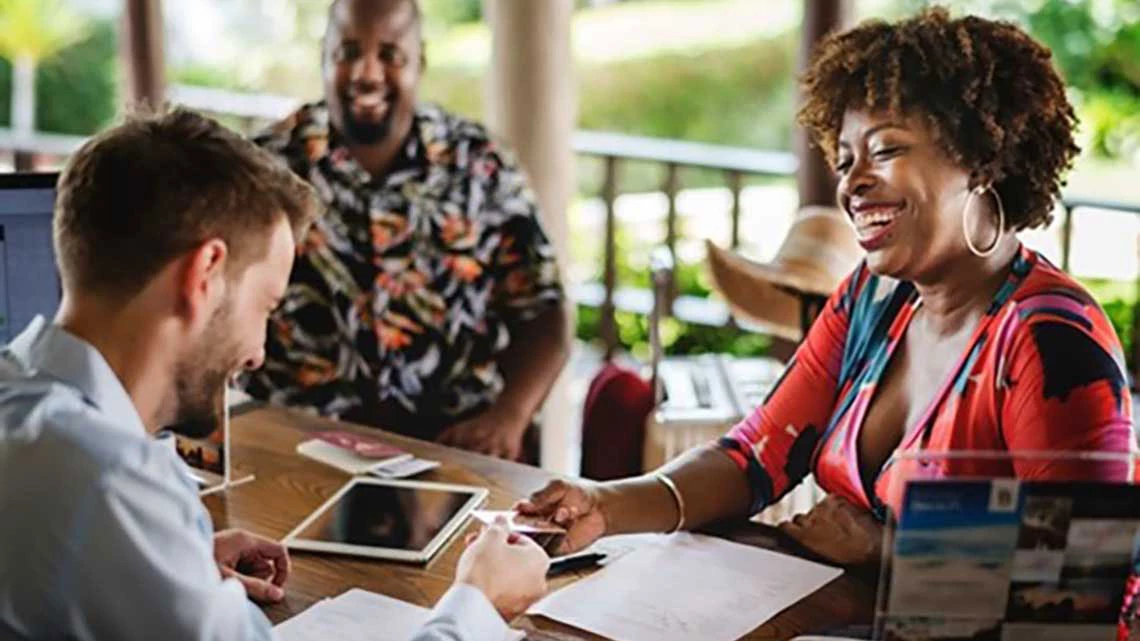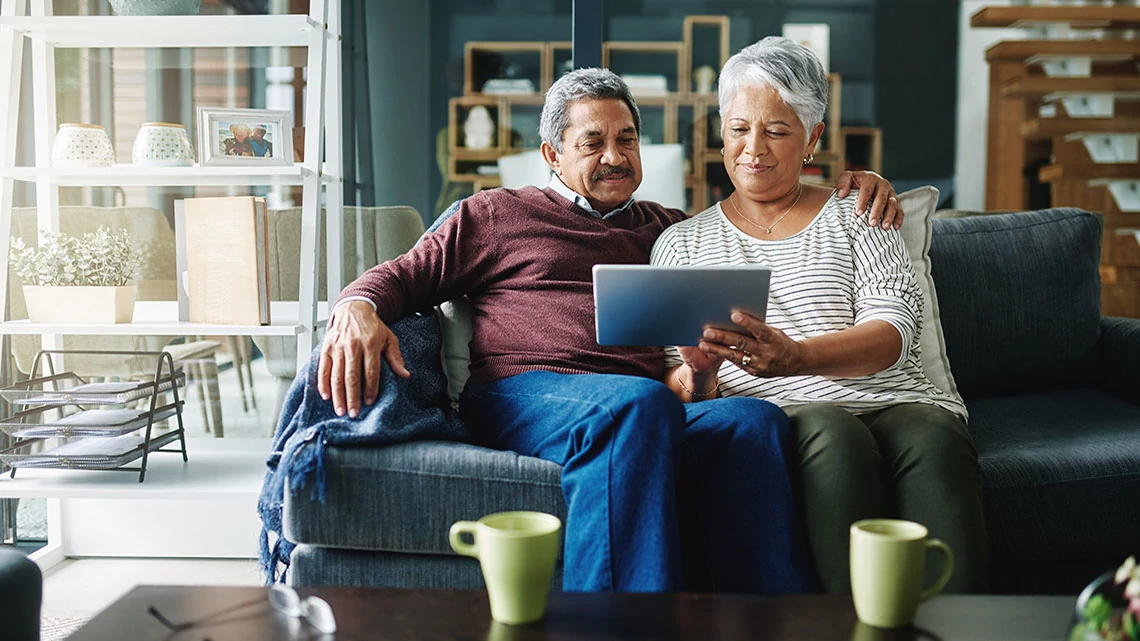AARP Hearing Center


The good news in your 70s: Your weight needn’t be your enemy.
The reality check in your 70s: Keeping muscles and bones healthy is a top priority.
- You’re rethinking the way you approach your weight. First, losing weight without trying is not a healthy sign, though 1 in 3 older women and men thought it was, in one recent survey. If you start dropping pounds, see your doctor — losing more than 5 percent of your weight without trying in six to 12 months could signal nutrient gaps or be a warning sign that you have a health condition that needs treatment.
- In fact, a few extra pounds can be good. While 37 percent of adults age 65-plus worry about their weight at least some of the time, a healthier approach is to focus on pampering and strengthening your muscles with a nutritious diet and a comfortable amount of regular exercise. Carrying some extra weight after 70 could help you live longer, suggests an Australian study that tracked more than 9,200 women and men age 70-plus for a decade. "Since my 70th birthday, I’ve made it a goal to log 5 million steps per year," says Steven N. Blair, 78, emeritus professor of exercise science and epidemiology and biostatistics at the University of South Carolina. "I get about 7,500 on my daily walk and the rest by taking advantage of opportunities throughout the day. I’ll walk to the drugstore, to my favorite grocery store, and on campus I’ll walk to a restroom on another floor or even in another building so I can log 600 to 1,000 steps each way. Every little bit counts. I’m short and stocky. I eat a healthy diet, but I’ll never be tall or slim. I know from research that men who are somewhat overweight and are physically active are healthier than skinny men who never exercise.”
- But being severely overweight is still a problem. Every pound of body weight exerts 4 pounds of pressure on your knees with each step. Losing 5 to 10 percent of your weight if you’re overweight can slow down the degeneration of cartilage, a major 2017 study of 640 women and men in their 40s to early 70s showed.
- Your joints are a little stiffer. Your tendons, the tough tissues connecting muscles to bones, become less flexible because their water content drops by as much as 55 percent between childhood and late adulthood. As a result, they become more injury prone with age and can leave you with an overall feeling of stiffness.
- Your biceps aren’t as big. As people age, their skeletal muscles begin to deteriorate, a process known as sarcopenia. On average, people lose about 30 percent of their strength between ages 50 and 70, and after that they lose another 3 to 5 percent of what’s left per decade. But then again, the “average” person doesn’t exercise much.

































































More on Health
Your Looks at 70+
What to expect for your skin, hair and nails in your 70s